Cercis canadensis
Eastern Redbud
Eastern Redbud is a small popular native deciduous tree with multiple trunks and a rounded crown. Broad papery dull green to blue-green foliage turn greenish-yellow in fall. A heavy profusion of rose-purple flowers that bloom on bare branches in early spring before the foliage comes in attracting butterflies. Following the flowers are bean-like seed pods that mature in summer and can persist until winter. Prefers partial sun and rich well-drained soils with consistent moisture. Tolerates deer and Black Walnuts.
Cercis canadensis is an important host for the Henry's Elfin Butterfly and supports a specialized bee- the Southeast Blueberry Bee. Its nectar is an early food source for several butterflies, bees, and hummingbirds. The seedpods are enjoyed by birds and wildlife.
|
Type: |
Tree |
|
Height: |
20’ - 30’ |
|
Spread: |
25’ - 35’ |
|
Spacing: |
30’ |
|
USDA Hardiness Zone: |
5 - 9 |
|
Culture: |
Full Sun, Part Sun |
|
Bloom Color: |
Purple |
|
Season of Interest: |
Spring, Fall |
MAINTENANCE NEEDS: Low maintenance. Canker can be a significant disease problem. Various diseases and pests and be prevented with regular watering and pruning of dead branches. Does not transplant well, plant when young and leave undisturbed.
LANDSCAPE USES: Specimen or mass plantings, Borders, Naturalized Areas, Woodland Garden, Wildlife Gardens, Screening, Shade Tree, and Street Tree.
COMPANION PLANTS: Mahonia, Hydrangea, Witch Hazel
IMAGE: Dcrjsr, Cercis canadensis redbud tree bloom, CC BY 3.0
*As plants have ranges in appearance they may not appear as the images shown.



